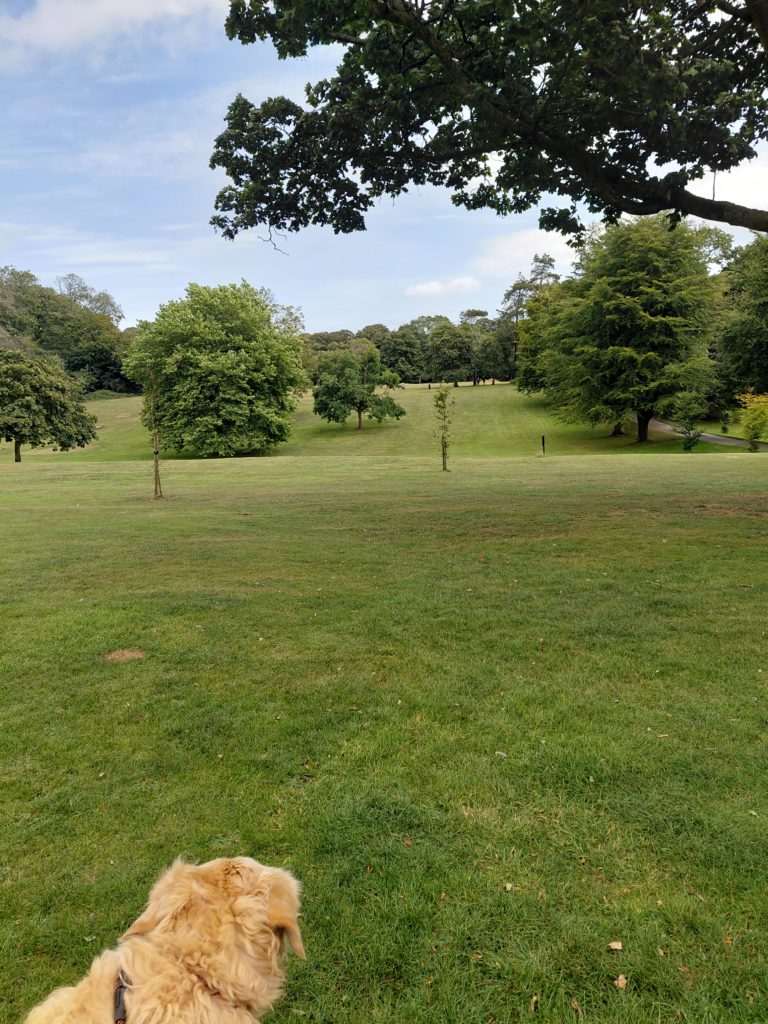
Last Thursday went on the train to Bridlington specifically to re-visit Sewerby Hall gardens and parkland. Being of a certain age I even took the ‘land train’ from the Leisure Centre to the Hall, but did walk back. The peripheral walk around the parkland is under the narrow avenue of trees planted around the edge, it proved a good example of how the same species can grow very differently in different circumstances. As can be seen above trees growing out in the open parkland develop comparatively short sturdy trunks needed to withstand gales, those having to compete for sunlight in the peripheral belt are forced to grow tall and slender to not get outcompeted, this makes them much weaker in storm conditions although each is somewhat sheltered by those around.
The peripheral path leads eventually to the two walled gardens before reaching the original orangery attached to the north side of the period residence. Beech seems to be the most commonly planted tree across the parkland, unusual in this are but the bedrock is chalk which suits beech although these are shallow rooting trees. The view above across part of the parkland (now an everyman’s golf course) shows the undulations of the lower Wolds inland of South Landing.
Since the 1930s Sewerby Hall has been owned by the East Riding of Yorkshire Council, this much like Baysgarth House, Barton and the Hall near Scunthorpe with the walled garden and farming museum are owned by North Lincs. Council. In contrast Halls like Wassand Hall between Seaton and Hornsea and Rise Hall, Holderness remain in private ownership, in the case of the former sometimes open to the public.